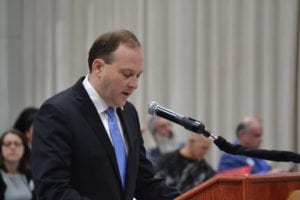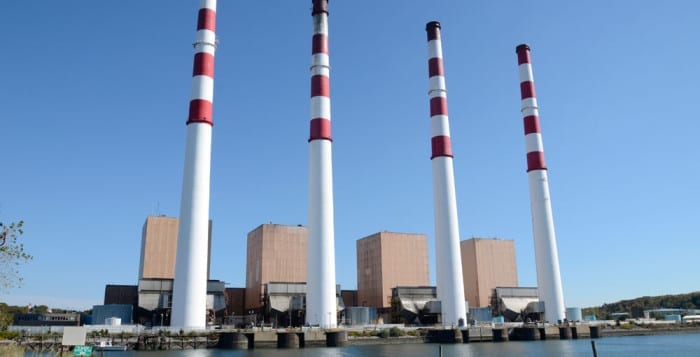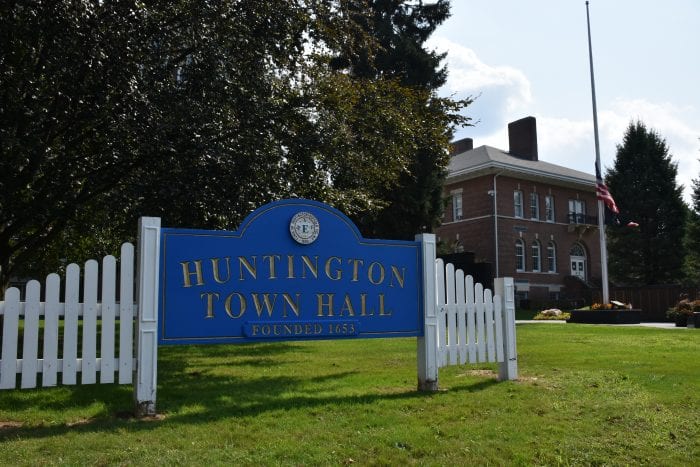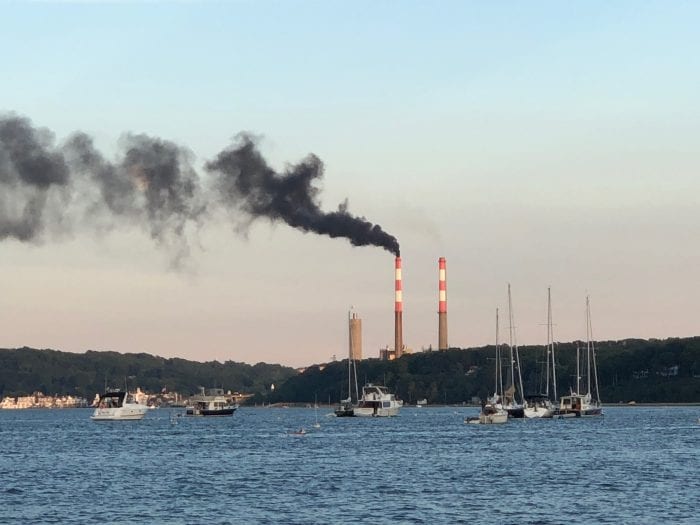Suffolk County Executive Steve Bellone (D) announced the county was creating a new 30-member policing task force to develop a plan for police going forward.
The announcement came on the same day, Sept. 9, when advocates from all over Long Island protested on the steps of the county executive seat in Hauppauge over the need for police reform. Speakers also criticized Bellone for seemingly stalling on Gov. Andrew Cuomo’s (D) New York State Police Reform and Reinvention Collaborative. This executive order, originally signed in June, cites that every department must make a comprehensive review of police departments and their procedures, and address the needs of the community to promote “trust, fairness and legitimacy, and to address any racial bias and disproportionate policing of communities of color.” The governor released new guidance for these reviews, effectively saying municipalities need to understand the disposition of the community before drafting their final plan. Municipalities who do not create such a plan could lose state funding for their police departments.
Members of the Suffolk Task Force
● Deputy CE Vanessa Baird-Streeter
● Jon Kaiman, Deputy County Executive
● Retha Fernandez, Chief Diversity & Inclusion Officer, Suffolk County
● Geraldine Hart, Suffolk County Police Department Commissioner
● Risco Mention-Lewis, Suffolk County Police Department Deputy Commissioner
● Stuart Cameron, Suffolk County Police Department Chief of Department
● Errol Toulon Jr., Suffolk County Sheriff
● Tim Sini, Suffolk County District Attorney
● Presiding Officer Rob Calarco
● Majority Leader William “Doc” Spencer
● Minority Leader Tom Cilmi
● Legislator Tom Donnelly, Chair of the Public Safety Committee
● Legislator Jason Richberg
● Legislator Sam Gonzalez
● Noel DiGerolamo, President, Suffolk PBA
● Tracey Edwards, NAACP LI Regional Director
● Theresa Sanders, President, Urban League of Long Island
● Christina Vargas, Chief Diversity Officer/Title IX Coordinator Suffolk County Community College
● Daniel Russo, Administrator, Assigned Counsel Defender Plan of Suffolk County
● Rev. Charles Coverdale, First Baptist Church of Riverhead
● Bishop Andy Lewter, Hollywood Full Gospel Baptist Cathedral
● Kathleen King, Chair, Suffolk County Native American Advisory Board
● Pastor Angel Falcon, Faith Alive Ministries
● Sister Sanaa Nadim, Chaplain, Islamic Society of North America
● Cindy Reide Combs, Licensed Master Social Worker
● Serena Liguori, Executive Director, New Hour for Women and Children LI
● Jennifer Leveque, Huntington Leaders of the New School
● Girish Patel, BAPS Hindu Temple
● Rabbi Abe Rabinovich, Kings Park JC
● David Kilmnick, President & Chief Executive Officer, LGBT Network
Members of Long Island Advocates for Police Accountability, which was formed after the death of Minneapolis man George Floyd at the hands of police in May, were especially critical of Bellone’s handling of rolling out the task force at the Sept. 9 protest in front of the William H. Rogers building.
Tracey Edwards, who is one of the people named to the new task force, is the regional director for NAACP Long Island and spoke at the protest building Sept. 9. She said the NAACP and other groups wrote letters to Bellone in June, shortly after Cuomo signed his executive order, but did not hear back and have only seen movement on the executive order now.
As for the task force itself, Edwards said it’s not enough to go through the motions and see nothing of substance come out of it. Specifically, she said police need to increase diversity amongst dispatchers and department leadership, and increase the number of body cameras worn by officers, as just a few examples toward lasting change in Suffolk policing.
“We don’t want a predetermined process, we don’t want selective membership that makes everyone comfortable,” she said. “This is meant to be an uncomfortable process.”
Deputy County Executive Vanessa Baird-Streeter, also a member of the new task force, defended the county’s timing, saying officials were waiting for Cuomo’s guidance document, which was finally released Aug. 17.
“We were looking at this prior to that date, but this is the guidance we were looking at that allowed us to form the task force,” she said. “For the county, we really want a collaborative process, one where they feel their voice is heard, their concerns are heard, their issues are heard, and then have an opportunity to address those issues.”
The task force is split in half between county and police officials and other community groups. Of the 30 members of the task force, nine are either Suffolk County legislators or work for the county in some capacity. Another six work in some kind of law enforcement capacity, including Suffolk Police Benevolent Association president, Noel DiGerolamo. The other 15 are from a variety of faith, minority or local advocacy groups.
Though in the case of the Suffolk PBA and its head DiGerolamo, some advocates criticized his involvement, especially since the PBA has been proponents and participants of Blue Lives Matter protests countywide, where participants have been strongly opposed to any kind of police reform.
DiGerolamo said in a phone interview that he appreciated being included on the task force and that he hoped other members “will enter into it with an open mind and be reasonable in their expectations” regarding what police reforms are applicable to SCPD. He instead said he hopes people see the need for a greater police and civilian relationship, “not a defund movement, which would only cause a greater divide.”
In regards to reforms such as defunding the police, a phrase which accounts for taking funds away from traditional law enforcement and putting it toward other social services in an effort to reduce the source of crime, the PBA president called it “completely misguided.” He cited changes the police have already done, including a limited body camera program, bias training and a civilians police academy.
“I think any time you put people together who will share their thoughts collectively, there’s always a potential for growth,” DiGerolamo said.
Baird-Streeter said the guidance document effectively mandates who needs to be on the committee, including key police stakeholders in which the PBA president is one of them.
“Actually, looking for reforms within the police department, it’s important to have the entity that represents the police,” she said.
Suffolk County police and county officials have constantly touted recent reforms already made at the department. Officials cite its implicit bias training where 65% of the force, or 1,600 officers have been trained. Officials also cite their de-escalation techniques taught in the police academy and new diversity initiatives which have resulted in a more diverse department.
But advocates say it hasn’t been enough, and they would rather hear what police plan to do in the future rather than what it’s currently doing.
Irma Solis, director of the Suffolk Chapter of the New York Civil Liberties Union and longtime advocate has been on the side of police reform for close to 20 years. She said that while there have been recent strides on the side of police, the distance between department reform and the police enacting it is still too great. It’s especially apparent when considering communities with a high density of Black and Latino populations who have a greater sense of being targeted by law enforcement, even years after Suffolk police started its reform initiatives.
“Certain communities really receive the brunt of over policing and over surveillance,” Solis said. “If you have folks [on the task force] who are not willing to look further and begin to understand this is more of a systemic issue and not a case of a few bad apples, it’s difficult to say that we’re going to meet the purpose of this executive order.”
Suffolk County has also announced it would be releasing surveys to residents on their feelings toward police, both those who have had encounters with police and those who haven’t.
Suffolk is using the John F. Finn Institute for Public Safety, which is described as an independent nonprofit research group based in Albany, to conduct the more than 6,000 surveys. People will be randomly selected amongst residents as well as those who have had recent interactions with police, both victims and complainants, according to a news release. The surveys will be conducted over the next four months in both English and Spanish. Surveyors are also expected to perform a “targeted oversampling” of people of color, since generating a sample size from a population like Suffolk, which is over 67% white, would not relay how minority communities may feel they are treated differently by police.
“This is an important step to gain valuable insight into how we are doing as a department and how our members are interacting with the public,” Suffolk County Police Commissioner Geraldine Hart said in a statement. “We need the support of our communities to continue to be a successful department. I encourage people to respond to the surveys because it will enable us to continue to move toward a more fair and equitable department.”
Officials said this survey will also inform whatever plan Suffolk later sends to New York State.
Baird-Streeter said the task force will have its first meeting Monday, Sept. 21, where they will discuss how and where other meetings will take place. Though they have eight planned, they are not limiting themselves in how many they can conduct. All meetings, she said, have to be completed before the end of the year in order to have the county’s plans sent to New York State by next April.
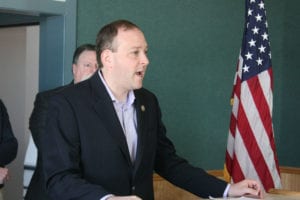


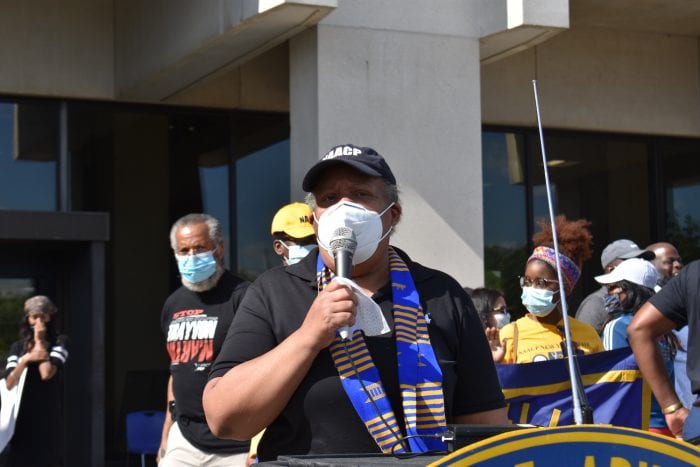
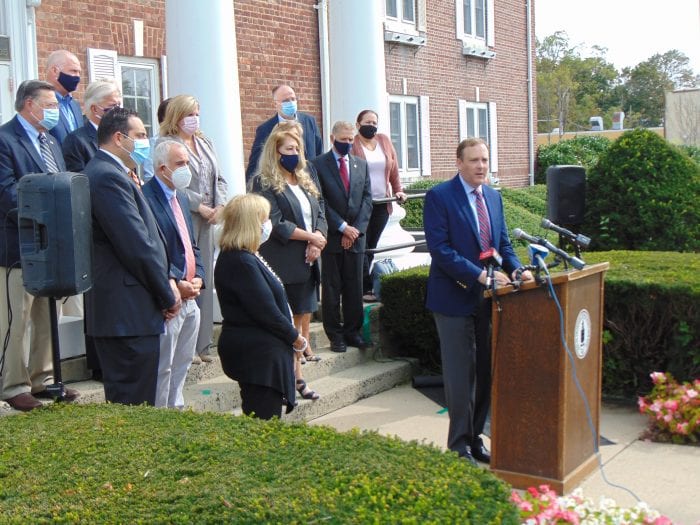
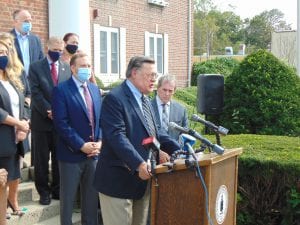
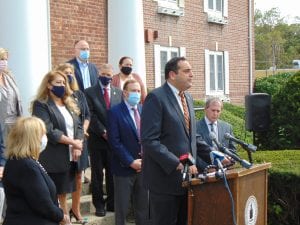
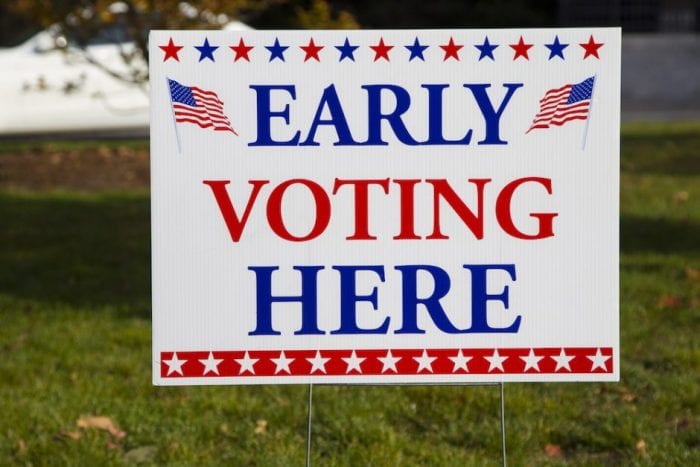
 code. Within seconds you will receive a printable absentee ballot confirmation and number.
code. Within seconds you will receive a printable absentee ballot confirmation and number. 

